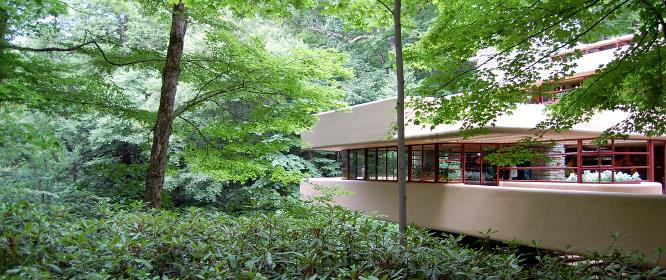Thousands of residential units in Boston were originally anticipated to be high end apartments, but what the market is really demanding is more condominium units. This shift in conditions is having some developers scramble. It may also be indicative of a larger systematic issue occurring in development, where in the type of development consistently lags behind the demand. While apartments were crucial during the recession, with a more stable economy returning home ownership is making a come back, despite the desire for some to remain in cities.
Tysons can certainly do for some new condominiums. There haven’t been any for sale units built since One Park Crest was completed in 2009, this despite a 100% occupancy within the first 30 months of sales during one of the worst lending and financial crises in our nations history. One contrast, While too many multi-bedroom units might be the case in Boston, it seems in Northern Virginia the problem may be a lack of larger floor plans acceptable for families.
Arlington officials are starting to see that their assumptions on the amount of parking spaces necessary per square foot of development no longer apply with a more urban community. Several private projects have more parking than they need. Some planners are suggesting that the county is also under-pricing municipal parking, leading to more traffic problems and less revenue for transportation improvements.
Tysons certainly has more parking than it knows what to do with. 99% of the time parking lots have more empty spaces than filled spaces, and yet for decades design standards for parking minimums never undertook any return loop analysis on whether the ratios were appropriate. This has left us with miles and miles of under utilized asphalt canyons which make walkability a pipe dream without serious corrections.
MoMA is holding yet another Frank Lloyd Wright exhibit appropriately titled Density and Dispersal. When many opine over the beauty of Frank Lloyd Wrights Americana architecture they ignore how bad his urban planning ideas would have been in the modern age. While giving every American an acre of land to spread out in a 20th century form of manifest destiny sounds great in theory, it disregards the function of society. Where will they work? Who will build the roads needed to connect all this dispersed development? What effects on health will the assured car dependency create? What impacts to the very natural beauty of the prairie would such a concept have if administered on a grand scale?
Beauty is in the eye of the beholder, but no place reflects the kind of Corbusier and Wright image greater than the suburban office park with its literal high-rises in the park. Over time we as a society have observed these spaces, and the resultant judgement seems pretty damning. Society is not a fan of isolated office parks, markets are not a fan of isolated office parks, employees are not a fan of isolated office parks, and now developers themselves are beginning to rethink the benefits of the 20th century office park.
Salt Lake City is showing how smart growth can be conservative. While it might shock some people, Utah has been supporting plenty of smart growth principals recently, most notably walkability in urban cores. The City Creek project may sound familiar to some; demolish failing strip mall centers and replace with a higher density mixed use project capable of creating the inherent population that helps businesses thrive.
The application to Tysons is obvious. While the malls themselves are still profitable the surrounding strip malls are starting to feel the impact of time with several anchor stores recently going out of business. Of course to properly cultivate the urban fabric city blocks must be built to the human scale, meaning super blocks must be subdivided and retrofitting of existing buildings will be required.

